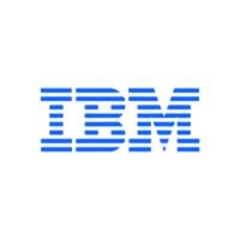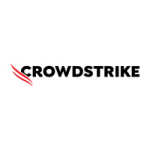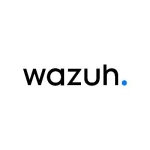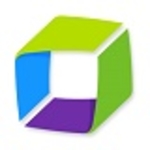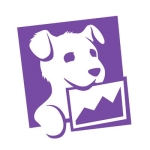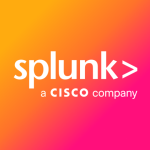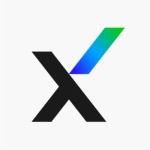IBM Qradar's ability to simplify the number of events, not only on a technical level but by making that information easy to pan through the orchestration deduplication. It is very impressive given that we have hundreds of devices that send event logs through.
IBM Qradar could improve the reporting. The tool is not designed to report. It's a great operational monitoring tool. You put it on a screen and you watch it. If you want to have analytics out of it, that's a whole different story. You're going to need more people and tools. What should be added is reporting and integration into Power BI, into some capability that produces analytical reports from the source data. IBM does not seem to care to add these features.
I have been using IBM QRadar for approximately 10 years.
The stability of IBM Qradar is good.
IBM Qradar is a scalable solution.
The technical support from IBM Qradar could improve.
I rate the support from IBM Qradar a two out of ten.
The initial setup of IBM Qradar is difficult, you need to know what you are doing to be able to complete the task. It is not easy.
We used three to four specialists to do the implementation depending on how many integration levels you're going to have. If you're managing the flows and going to be managing applications, logical access, patch management, vulnerability management then it can take more time and more people. It depends on the scale that you want to integrate.
IBM Qradar doesn't come ready for plug and play, for your APIs, integration, and all the other elements you will need a person that knows how to do the IBM QRadar setup. From that perspective, you need to make sure that integration points to the license keys, for validation, and that can be a different challenge if it doesn't work.
My advice to others is they have to have IBM Qradar set for purpose and it depends on the role that you see your SIEM solution playing in the company. If you're offering it as a service to other companies, or you're an IT service provider or security solution provider, then yes, you probably need an enterprise base that is scalable but not with smaller enterprises.
I do think the IoT component of IBM Qradar is lacking. IBM tried and IoT is not specifically aimed at only cameras or what I call physical access points, integration into what I call scale technology. They are areas that would depend on each business to map out what the requirements are. This is not a McAfee endpoint or a Symantec endpoint device that gives you an alert.
There is more competition and innovative application development in this area we've seen in the last few years.
I rate IBM Qradar a seven out of ten.

